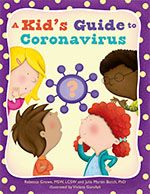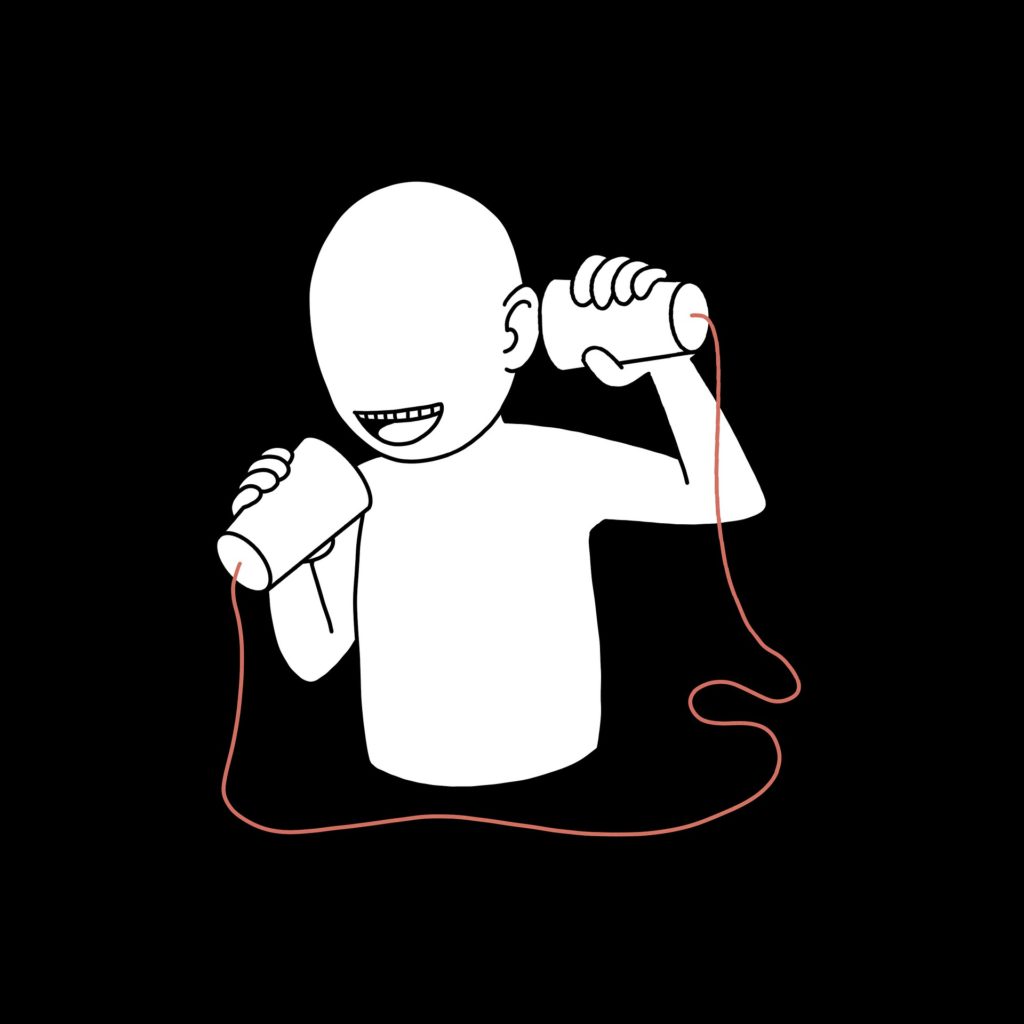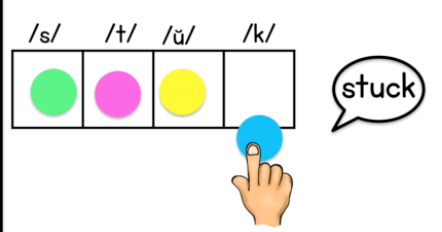
Whew, it’s been a busy month! I hope you all took some well needed time for ‘R and R’ once school let out as I did. Everyone needed it including educators, students, and parents!! We were all exhausted.
Now that the July 4th holiday celebrations are behind us, it’s time to refocus our efforts over the summer to make sure that not only are the sink, hose, and pool faucets freely flowing, but also that our children’s ‘learning faucets’ remain flowing as well.
Huh?? According to Entwisle’s ‘Faucet Theory’, children whose language literacy ‘faucets’ are ‘turned off’ over the summer fare more poorly than for children who continue to have ‘running faucets’ during the summer as they do during the school year. This year in particular, I think we had some ‘dripping or stopped faucets’ due to the learning interruptions/changes caused as a result of the pandemic…sigh.
I recently conducted a webinar with a similar title to this blog post: Spring Into Summer: Fun Ways to Boost Language and Literacy at Home, which was sponsored by my local Northern Ohio Branch of The International Dyslexia Association. You can access the webinar here, but I wanted to write a couple of blog posts with the highlights. All together, I offer 10 Strategies you can use, as well as describe, demonstrate, and share access to many activities you can use to keep those faucets running this summer, help your child on his/her/their literacy journey(s), and have fun while keeping your sanity!
For this first post, I will cover the Word Recognition part of Hollis Scarborough’s Reading Rope, involving Phonological Awareness, Decoding, and [automatic] Sight Recognition [of words]. These skills develop in a more straightforward manner and become almost unconscious over time. This post reviews the first 31 minutes of the webinar.
Next time around, I will cover the Language Comprehension part of the Rope, involving Background Knowledge, Vocabulary, Linguistic Structures, Verbal Reasoning, and Literacy Knowledge. On the other hand, these skills develop more strategically, become more complex, and span the entire course of a student’s educational experience.
FOCUS ON MINDFULNESS/DISCUSSION/REFLECTION

Back to this particular year…books are the perfect venue to discuss any and all topics and there are many out there for you–some are even free. You can talk about all facets of social-emotional development, as well as nature, etc. using books as springboards for discussion and reflection. Reading to and with children engages them, while also minimizing both the Summer Slide and this year, the Covid-Slide. Did you know that some students lose as much as 20% of learning over the summer months? And that this learning loss can accumulate over several years resulting in an achievement gap? Are you aware that reading only 5 books can make a difference in terms of maintaining your child’s literacy skills? As parents, it is our job to keep those faucets ‘running’.
FOCUS ON THE SIMPLE VIEW OF READING/SCARBOROUGH’S READING ROPE
Gough and Tunmer posited a simple equation in 1986 to explain the two components involved in being able to read. It is simply this:
Reading = Decoding X Language Comprehension
Do note that the equation is one of multiplication rather than addition, so that if one of the components, either Decoding or Language Comprehension is weak, the reading skill of the individual suffers. Today, the focus will be on the Decoding Component, which involves Phonological Awareness, actual Decoding, and automatic Word Recognition.
Hollis Scarborough expanded upon this Simple View of Reading in order to develop her Reading Rope. I can tell you that I have never attended nor conducted a presentation without these two, now famous, illustrations. The Reading Rope has many strands, but is divided into the Word Recognition (Phonological Awareness, Decoding, [automatic] Sight Recognition). The development of this part of the reading process occurs for most students in the Pre-K to Grade 3 range; however, if a student continues to have difficulty, reading development can take longer. It is important that these components of the reading process are in place no matter how old the student may be. These are the components where children ‘learn how to read’.
FOCUS ON PHONOLOGICAL AWARENESS

Phonological Awareness has to do with:
1-recognizing and producing rhyme, and recognizing the rhythm of oral language.
2-hearing and recognizing the speech sounds in words; this is called phoneme awareness (a phoneme is the smallest unit of speech).
3-blending (putting together) and segmenting (taking apart) speech sounds in words.
4-recognizing that sentences are made up of words, and that words are made up of syllables.
5-developing phonemic awareness; we need to help beginning readers master these skills, at which point they will have phonemic proficiency, that is, the ability to employ phonemic awareness rapidly.
What can you do to help your child(ren)/student(s)?
-have kids look at your mouth and discuss how the various sounds are formed with the teeth, lips, tongue and nose
-sing, chant, recite nursery rhymes, which do add value–begin at birth!
-click here and here to obtain user friendly resources used to practice oral blending, segmenting, sound deletion
-older children need the same skills and information as younger children for sure, but add more complex word play such as Pig Latin, Hink Pinks or Spoonerisms
FOCUS ON DECODING
Once Phonological Awareness is in place (or in development), readers need to learn the various sound-symbol correspondences of the 44 sounds that make up the English language. That is, teaching them to go from Speech to Print (only 26 letters of the alphabet). The letters represent the sounds of our language.

It is best to first teach some basic sound-symbol correspondences, typically the basic sounds of consonants, as well as the 5 short vowel sounds. At that point, students begin to ‘map’ the sounds onto the print. For reading, the students proceed from symbol to sound, and for spelling, the students proceed from sound to symbol. Use what are called Elkonin boxes, where students literally ‘map’ and ‘match’ what they see to what they hear in sequence, and then put these individual sounds together to ‘read’ a word.
It is also best to think about words in two categories. The first category are words that have good sound-symbol correspondences, such as ‘cat’, ‘ship’, ‘desk’, ‘blast’–in other words, the letters (or letter combinations such as ‘sh’) reliably match the sounds. These are deemed ‘phonetically regular words’.

The second category are words that either do not have good sound-symbol correspondences, such as ‘said’, ‘of’, ‘would’, ‘Wednesday’ or contain phonetic patterns children/students may not have yet learned, such as ‘city’ (first graders may not have learned the second sound for ‘c’ or that ‘y’ functions as a vowel). These words have to be learned a bit differently; they are often referred to as “Heart Words”. Click here for additional information to help your child learn these more difficult words, but ‘take heart’ because only about 15% of all English words are non-phonetic. It just seems like so many more because these words need to be recognized and known early in a child’s literacy journey since they occur so frequently.
What can you do to help your child(ren)/student(s)?
-avoid allowing your child(ren)/students to guess or use pictures in place of the tending to the text
-click here and here for games and activities for practice
-teach/practice the letter formations of the letters your child(ren)/student(s) are learning, and practice spelling since it is the inverse of reading (reading = going from symbol to sound, while spelling = going from sound to symbol)
-practice connected blending rather than pausing after each sound; research has shown this to be superior for children
FOCUS ON AUTOMATIC WORD RECOGNITION
In time, which varies from child/student to child/student, words are ‘recognized’ and ‘read’ with greater ease and speed. It almost appears as if the child can read instantly, no longer needing to ‘sound out’ (read sound by sound) many, or even most words–it is almost as if it is an unconscious process for most human beings. Rapid, automatic word recognition is the first step in the development of reading fluency–that is, reading at appropriate speed with expression so that the reader can concentrate on the meaning of the words in the text. And that is the ultimate goal of reading!
What can you do to help your child(ren)/student(s)?
-practice using decodables (texts that reinforce and help students apply and practice the sound-letter patterns they have been taught) with early and struggling readers of any age
–point to the words and model reading as ‘the adult in the room’–children respond to echo reading (adult reads, child repeats) and choral reading (adult and child read together); visually scooping connected text into meaningful phrases is also helpful
-it is perfectly okay for children to read the same text several times, otherwise known as
‘repeated reading’; older children do well with reading text all related to the same topic as well
4 STRATEGIES (OF 10) FOR TODAY
#1 Make it FUN! Talk, sing, dance with your children as much as possible. Gamelike practice is preferred, especially when working on Phonological Awareness.
#2 Give your child(ren)/student(s) a choice when possible. Allow them to select books, even if they wish to read graphic novels or nonfiction. It’s all good.
#3 Set reading goals with your child(ren)/student(s)–number of minutes, number of pages/day, reading aloud together, etc. Take the lead!
#4 Make it a habit/routine and check-in with your child(ren)/student(s)
“Skilled reading requires that the processes involved in word recognition become so well practiced that they can proceed extremely quickly and almost effortlessly, freeing up the reader’s cognitive resources for comprehension processes.”
Hollis Scarborough, 2001
Feel free to use my Contact Form if you would like a copy of the slide deck. Read my blog next time to find out the other 6 Strategies! And if you subscribe to my blog, you will have access to a video explaining and demonstrating how to make Scarborough’s Reading Rope!
